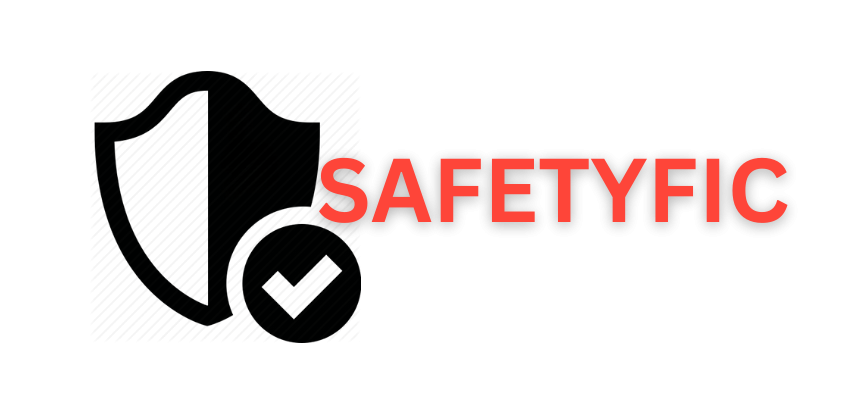Creating a safe fire pit is essential for enjoying outdoor gatherings while minimizing risks. Whether you’re building a permanent structure or using a portable option, taking the right precautions ensures that your fire pit is both functional and secure. This guide will walk you through key considerations and safety tips for how to make a fire pit safe and that can be enjoyed responsibly.
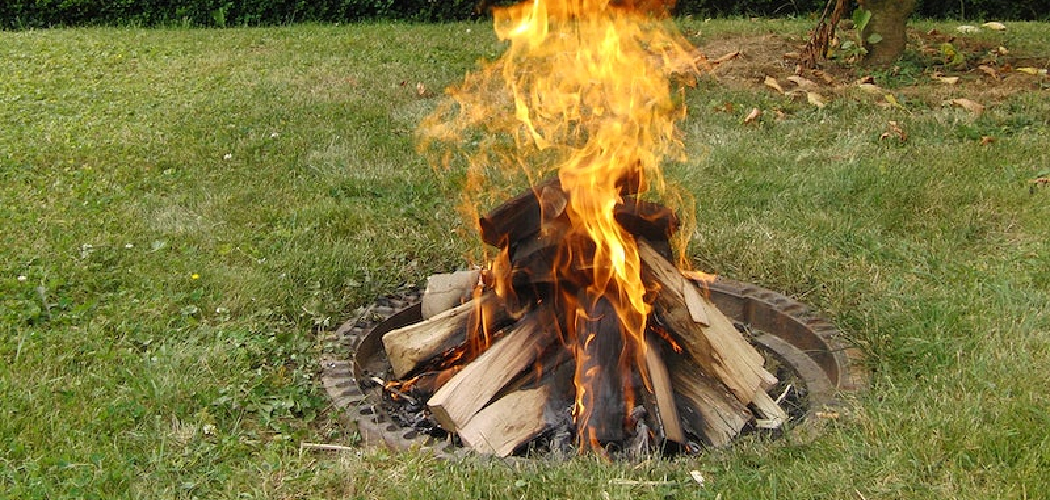
Choosing the Right Location for a Fire Pit
Selecting the proper location for your fire pit is crucial to ensure safety and enjoyment. Start by choosing a spot that is at least 10-20 feet away from any structures, such as your home, garage, or fence, as well as overhanging trees and utility lines. Avoid placing the fire pit on flammable surfaces like wooden decks or dry grass; instead, opt for a level, non-combustible surface like stone, gravel, or concrete. Additionally, ensure the area around the fire pit is clear of debris, such as leaves or branches, which could catch fire. Proper placement not only protects your surroundings but also provides adequate ventilation and reduces the risk of fire-related hazards.
Planning and Preparation
Proper planning and preparation are key steps to ensuring a safe and enjoyable fire pit experience. Begin by selecting the right type of fire pit for your needs—whether that’s a metal bowl, a brick-lined permanent structure, or a portable propane option. Make sure to check local regulations or fire codes in your area, as some communities have restrictions or permits required for fire pits.
Once you have your fire pit, gather the necessary safety tools, such as a fire extinguisher, a bucket of sand or water, and a metal poker for managing the fire. Using only seasoned wood or appropriate fire pit fuel is essential, as burning trash or treated wood can release harmful chemicals. By preparing in advance, you create a safe environment that allows everyone to relax and enjoy gathering around the fire.
10 Methods How to Make a Fire Pit Safe
1. Choose the Right Location
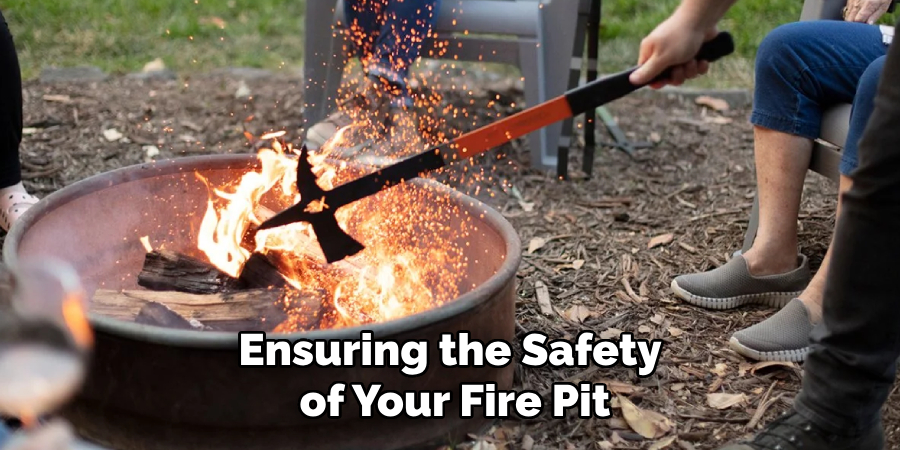
The most important factor in ensuring the safety of your fire pit is its location. Always place the fire pit on a flat, stable surface, away from anything that could catch fire. Keep it at least 10–20 feet away from structures, including buildings, fences, and trees. Avoid placing the fire pit under overhanging branches or near combustible materials such as dry leaves or grass. The fire pit should be situated in an open area with plenty of space to allow for proper ventilation. By choosing a safe location, you reduce the risk of the fire spreading or causing damage to surrounding areas.
2. Use a Fire Pit Screen or Spark Guard
A fire pit screen or spark guard is a protective cover that sits on top of the fire pit, designed to contain sparks, embers, and ashes that could fly out and potentially start a fire. This is especially important if you’re using wood as your fuel source. When using a fire pit, always use a screen made from heat-resistant material like mesh or metal to prevent sparks from escaping the pit and igniting nearby objects. Some screens even have handles, making them easy to remove and adjust while you’re adding fuel or tending the fire.
3. Install a Fire Pit Surround
Creating a barrier around the fire pit is an effective way to prevent any accidental contact with the flames or heat. Many fire pits come with a stone or brick surround, but if yours doesn’t have one, consider installing a non-combustible perimeter. This could be made of bricks, stones, or concrete that extend a few feet around the fire pit. A fire pit surround not only helps contain the fire but also acts as a barrier to prevent children or pets from accidentally getting too close to the flames. It’s essential to make sure the surround is low enough for easy access but high enough to effectively block the heat and keep embers contained.
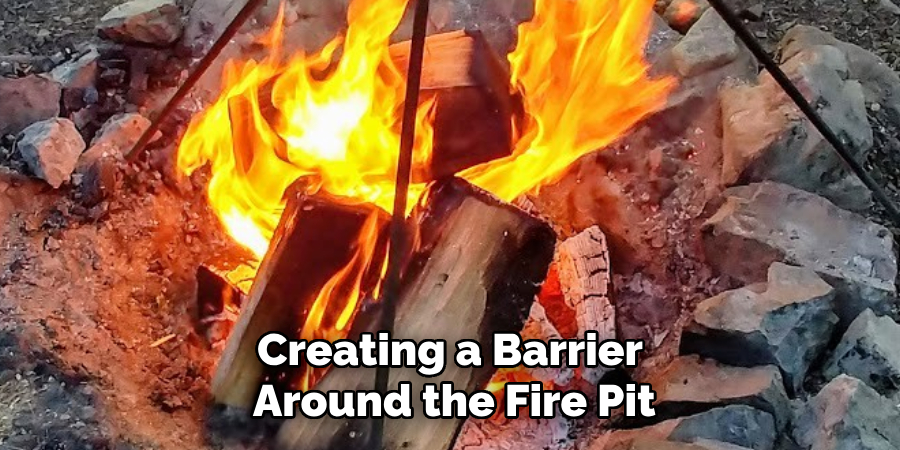
4. Use Proper Fuel
Another key safety measure is to always use the proper fuel in your fire pit. For wood-burning fire pits, use seasoned, dry wood that is free of chemicals and pesticides. Wet or green wood can create excess smoke, causing the fire to smolder rather than burn cleanly. If using a gas fire pit, ensure the propane tank or natural gas line is properly connected and that there are no leaks. Always follow the manufacturer’s guidelines for the type of fuel recommended for your specific fire pit model. Using the right fuel reduces the risk of unexpected fires, unpleasant odors, or gas-related accidents.
5. Keep a Fire Extinguisher or Hose Nearby
Accidents can happen quickly, so it’s crucial to be prepared to extinguish a fire if it gets out of control. Always have a fire extinguisher or a hose within arm’s reach when using your fire pit. A fire extinguisher rated for outdoor use (typically rated ABC) will allow you to quickly put out any flames if necessary. Alternatively, a garden hose with a nozzle should be turned on and ready to use in case the fire spreads. For added safety, you could also keep a bucket of sand or a shovel on hand to help smother any small fires that may arise.
6. Properly Maintain the Fire Pit
Maintenance is key to ensuring your fire pit remains safe to use. Regularly inspect the fire pit for any signs of wear and tear, such as cracks in the walls, rust, or damage to the screen. These issues can lead to the fire pit becoming less stable and more likely to pose a fire risk. Make sure the fire pit is clean by removing old ash, soot, and debris after each use. A build-up of ash can restrict airflow and cause dangerous flare-ups. Additionally, check gas lines for any leaks if you’re using a gas fire pit. By performing regular maintenance, you ensure that the fire pit remains in good condition and safe to operate.
7. Establish Safety Rules for Guests
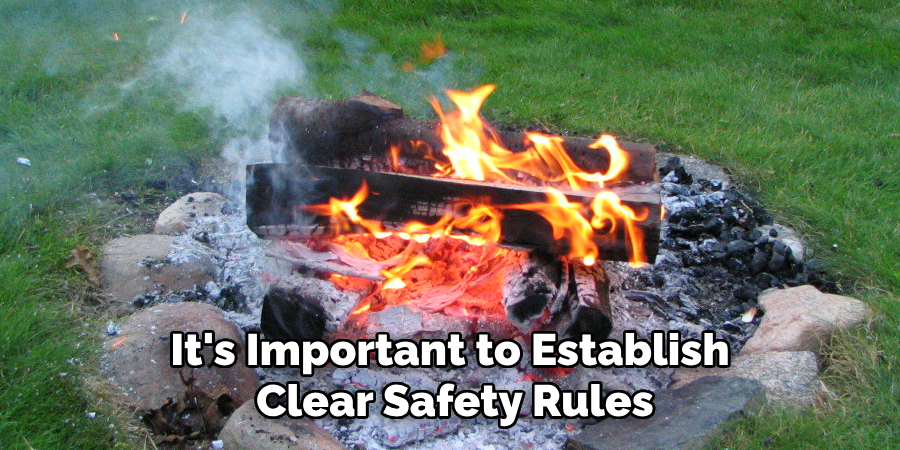
If you’re hosting guests or have children around your fire pit, it’s important to establish clear safety rules. Set boundaries about how close people can get to the fire and remind them to never leave the fire unattended. Children and pets should always be supervised when the fire pit is in use, as they might be tempted to play too close to the flames. Ensure that everyone is aware of how to put out the fire in case of an emergency, and make sure they know the location of any fire extinguishing tools like a hose or extinguisher.
8. Control the Wind
Wind can greatly impact the safety of a fire pit. A light breeze can fan the flames and send sparks flying, while strong gusts can cause the fire to spread quickly. Before lighting your fire pit, always check the weather conditions and avoid using the fire pit during high winds. If the wind picks up while you’re using the fire pit, consider putting out the fire or covering it with a flame-resistant lid to prevent embers from escaping. Additionally, setting up the fire pit in a windbreak area—like near a wall or fence—can help shield the fire from gusts and minimize the risk of sparks.
9. Use a Fire Pit Lid or Cover
When you’re not using the fire pit, always cover it with a lid or cover to protect it from the elements. This prevents debris, leaves, or other flammable materials from falling into the pit when it’s not in use, which could ignite the next time you light the fire. A lid also helps contain heat when the fire is not actively burning, making the fire pit safer for the surrounding area. Make sure the cover is made from heat-resistant, weatherproof materials to withstand the outdoor conditions.
10. Extinguish the Fire Properly

Once you’ve finished using your fire pit, it’s essential to properly extinguish the fire to avoid leaving any smoldering embers behind. Never leave a fire unattended, even if it seems to have died down. To safely put out the fire, spread the ashes out to help them cool, and then pour water over the remaining embers until the hissing sound stops. Stir the ashes with a shovel or stick to ensure that all embers are thoroughly extinguished. If you’re using a gas fire pit, make sure to turn off the gas supply and check for any leaks or leftover fuel. Always let the fire pit cool completely before covering it with a lid.
Conclusion
Making your fire pit safe is essential for enjoying it without worries. By following these ten methods, including choosing the right location, using proper fuel, maintaining the fire pit, and ensuring you’re prepared for emergencies, you can minimize the risk of accidents and create a safe environment for yourself and others. Thanks for reading, and we hope this has given you some inspiration on how to make a fire pit safe!
